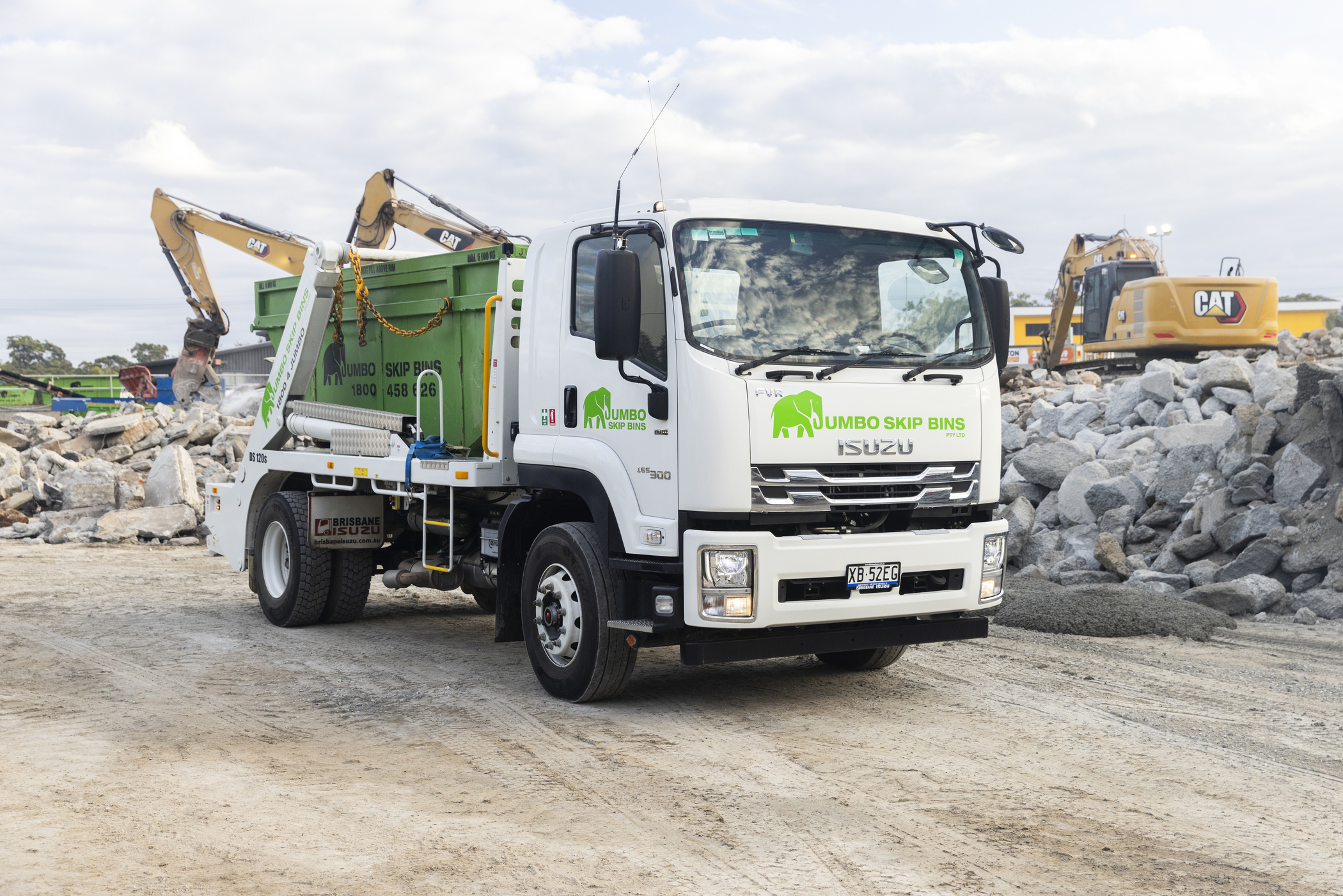YOUR WORK DIARY OBLIGATIONS UNDER THE HEAVY VEHICLE NATIONAL LAW

 If you’re gearing up to purchase your first heavy vehicle or just recruiting for new drivers, then sorting out their legal written work diary requirements should be right up there on your ‘to-do’ list. To get you started with the essentials, here’s a quick look at what your drivers need to know about keeping a work diary in Australia.
If you’re gearing up to purchase your first heavy vehicle or just recruiting for new drivers, then sorting out their legal written work diary requirements should be right up there on your ‘to-do’ list. To get you started with the essentials, here’s a quick look at what your drivers need to know about keeping a work diary in Australia.
Do my drivers need to fill in a work diary?
As part of the Heavy Vehicle National Law (HVNL), all drivers of a fatigue-regulated vehicle (with a gross vehicle mass of more than 12 tonnes) driving more than 100 km from their base depot must complete a work diary. A work diary is evidence their work and rest hours are compliant with the HVNL, and is in place to reduce the risk of drivers operating on the road while fatigued. Even if your drivers are only travelling more than 100 km from base once or twice a week, they’ll still need to have work diaries in the cab every time they drive. On days when they’re sticking close to home (driving less than 100 km from HQ), they won’t need to enter details in the diary but the record keeper will need to jot down basic information about registration, work and rest hours. If you’re an operator accredited under Basic Fatigue Management or Advanced Fatigue Management, your drivers will still need to fill in a work diary but they may have some more flexibility as to when they take their rest breaks during a 24 hour period. Work diary exemptions (either through a notice or permit) can be granted when a driver is unable to complete their work diaries due to literacy or disability issues. If the exemption is approved the permit will need to be carried at all times and drivers will need to nominate a person to complete all diary entries on their behalf.
Electronic work diaries (EWDs)
In September 2015, the Heavy Vehicle National Law Amendment Bill 2015 was passed into QLD law. This paved the way for the introduction of EWDs as a voluntary alternative to the written work diary (WWD) for fatigue-regulated heavy vehicles (vehicles with a GVM of more than 12 tonnes) in NSW, QLD, SA, TAS and VIC. EWDs work by using a telematics In-Vehicle Unit (IVU), and a user interface (UI), to provide real-time reports of a driver’s work and rest hours. An Australian rollout of EWDs is expected as early 2017, so if you’re keen to find out more check out our blog post ‘Your guide to Electronic Work Diaries and Driver Fatigue'.
Putting pen to paper
For just $20 you can pick up a National Work Diary from a number of locations across the country. It also features useful tips on how to fill in your diary correctly and all your legal obligations under the HVNL, so it’s well worth having a look at one before training any new staff. If your driver’s work diary is damaged, stolen or lost you’ll have to alert your local state road transport authority or the NHVR within two business days. If you’re out on a remote job, you’ve got up to seven business days to let the relevant authorities know. You can use a supplementary work diary record for up to seven business days, but make sure a replacement is organised, because after a week you are legally required to stop driving if you don’t have a new one. What happens if you’re stopped by an authorised officer? If you are stopped by an authorised officer for a roadside inspection, you will have to produce your work diary on request. Enforcement officers must be able to present you with an approved identity card with a unique ID number – except police officers who are granted automatic authorisation under the HVNL.
The penalties
The latest updates to the HVNL penalties came into force in July 2015 meaning bigger costs across the board. Here’s what you need to get your head around… Infringeable offences: Gives you the option of paying the penalty or letting it go to court. Infringeable offences are usually set at about 10 per cent of the maximum court imposable penalty, so if you’re in the wrong it’ll save you money down the track to pay up sooner rather than later. Court imposed penalties: If the offence is serious enough and for ongoing offenders, it will have to be dealt with by the court and you could be up for a costly maximum penalty. Not sticking to work diary regulations will definitely bruise your budget. Drivers must carry work diaries that document the last 28 days of work and rest breaks, or they’ll face an initial $630 infringement penalty or maximum court penalty of $6,300. Drivers must also record information within the time set by the national regulations and accurately record their odometer readings, or face infringement penalties of $158 and maximum court imposed penalties of $1,580. Drivers who don’t keep supplementary records when a diary is lost or stolen, will face an infringement penalty of $630 and maximum penalty of $6,300. For the full list of penalties and infringements visit the NHVR website.
States and territories
A key thing to remember when you’re travelling interstate is to document your times based on the time zone where your home base is – not the time zone you’re travelling to. HVNR laws relating to work diaries currently apply in NSW, QLD, SA, TAS and VIC. A start date is still under review for the ACT to legislate work diary requirements and HVNL fatigue laws so check in regularly with the NHVR for updates. The NT and WA are not implementing the HVNL yet, so if you are a driver in these jurisdictions you don’t have to use a work diary unless you leave the state. If you’re entering the NT, WA or ACT for work for less than seven days then you’ll have to complete your diary entries for the entire time. If you’re staying for longer than a week, you’ll need to get back into your diary obligations before crossing the border back into NSW, QLD, SA, TAS or VIC.


Playtime’s over, get $3,500* to spend on extras.
If you’re ready to get serious about tackling bigger jobs, grab yourself an NLR 45-150 AMT SWB Traypack from the Ready-to-Work range for $62,990 drive away*. And to prove we aren’t playing, buy any NLR Traypack before June 30 and you’ll get $3,500* to spend on genuine accessories or an Essentials service agreement.
Learn more



